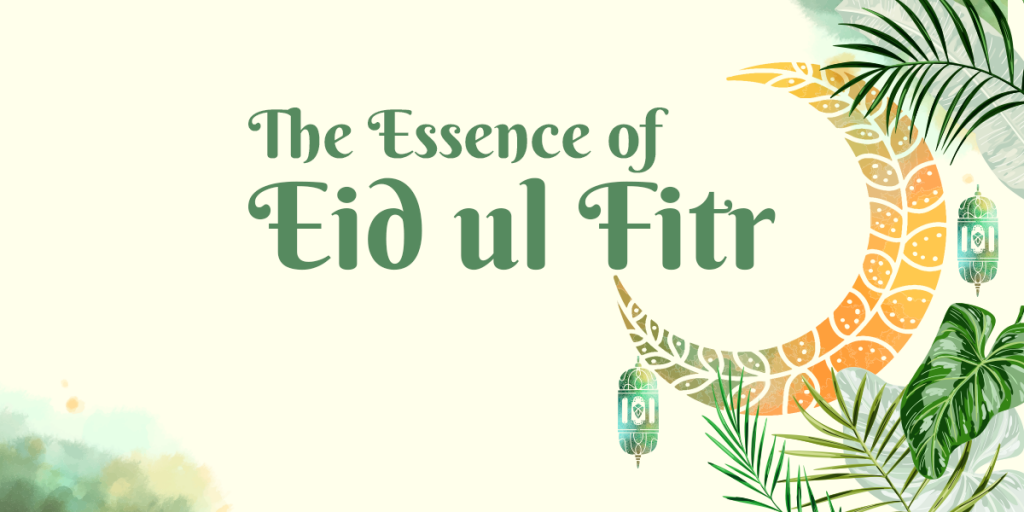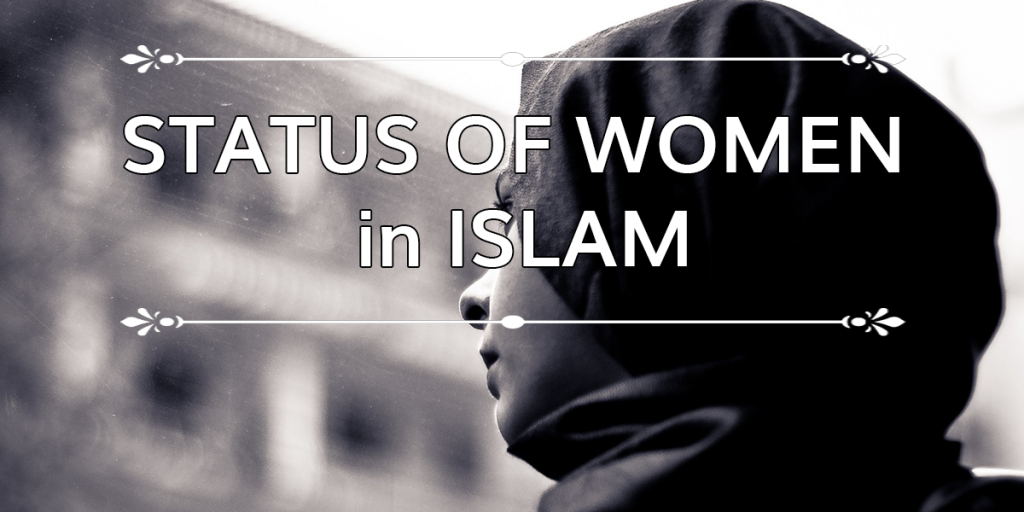To Halal or Not
That indeed is the question. For a Muslim, this refers to the consumption of clean and pure food, as required by Islamic dietary laws. This is trivial if one resides in a primarily Islamic country. However, such was not the case in many Western countries. Only during the latter part of the 20th century, due to increased immigration and globalization did the emergence of halal food and catering to Muslim consumers transpire.[1] Thus, the term ‘halal’ has become a conventional term, and rightfully so with the increase in the Muslim population, especially in the west. In turn, this has amplified the demand for halal food to be readily available giving rise to the current halal food market.[2] In the past three decades, the halal food industry has been one of the fastest thriving consumer markets around the world.[3] In fact, it is expected to reach USD 2.10 trillion by 2025. [4]
Despite the media popularization and lucrative market, it is often met with scepticism. The term ‘halal’ itself means that which is permissible and lawful, as defined by certain Islamic principles.[5] The opposite is considered ‘haram’ or prohibited, unless in dire circumstances. Regarding food, the most common abstentions are alcohol and pork.
It is stated in the Holy Quran,
“O ye men, eat of what is lawful and good in the earth; and follow not the footsteps of Satan; surely he is to you an open enemy…O ye who believe, eat of the good things We have provided for you, and render thanks to Allah if it is He whom you worship.” (Holy Quran 2:169, 173)[6]
There are additional implications in regard to how the animal is to be treated as well as slaughtered. The Holy Prophet (peace and blessings of Allah be upon him) showed great kindness to all living things, and has also said, “When you slaughter, slaughter in a good way.”[7] The slaughtering process itself consists of invoking the name of God Almighty first, followed by a clean cut at the throat in one continuous motion with a sharp knife.[8]
There have been recent claims that such methods are hazardous to animal welfare and that corresponding Islamic food practices are ‘barbaric’[9] in comparison to the captive bolt stunning method that is primarily used in the West. On the contrary, a study has shown that if carried out properly the ritual cutting form of slaughtering is painless in sheep and calves in accordance with EEG recordings.[10]
Such dietary laws are part of the protocols and mannerisms that govern daily Islamic life.
References:
[1] The history of the halal market in the West. Alimentarium. https://www.alimentarium.org/en/knowledge/history-halal-market-west#:~:text=The%20market%20for%20halal%20food,demand%20for%20halal%20meat%20increased Accessed April 14, 2021.
[2] Chester A. Foodie Culture, Muslim Identity, and the Rise of Halal through Media. [Thesis]. Ohio: The College of Arts and Sciences Ohio University. April 2017.
[3] Halwa A. Acculturation of Halal Food to the American Food Culture through Immigration and Globalization: A Literature Review. Journal of Ethnic and Cultural Studies. 2018;5(2):53-63. DOI:10.29333/ejecs/89.
[4] Halal Food Market – Analysis, Technologies & Forecasts to 2025. Cision PR Newswire. https://www.prnewswire.com/news-releases/halal-food-market—analysis-technologies–forecasts-to-2025-300568909.html Accessed April 14, 2021.
[5] Lever J. Understanding halal food consumption and production in ‘the West’. Beyond dominant narratives. Cambio. 2020;9(19):89-102. DOI: 10.13128/cambio-9001.
[6] The Holy Quran. Al Islam. [Holy Quran 2:169, 173] https://www.alislam.org/quran/app/2:169 Accessed April 14, 2021.
[7] Cheema MA. The Holy Prophet Muhammad (Peace and Blessings of Allah be upon Him). https://www.alislam.org/holyprophet/the_holy_prophet_muhammad.pdf Accessed April 14, 2021.
[8] What is Halal? A Guide for Non-Muslims. Islamic Council of Victoria. https://www.icv.org.au/about/about-islam-overview/what-is-halal-a-guide-for-non-muslims/ Accessed April 14, 2021.
[9] Lever J. Understanding halal food consumption and production in ‘the West.’ Beyond dominant narratives. Cambio. 2020;9(19):89-102. DOI: 10.13128/cambio-9001.
[10] Bleher SM (trans). Schulze W, Schultze-Petzold H, Hazem AS, Gross R. Experiments for the objectification of pain and consciousness during conventional (captive bolt stunning) and religiously mandated (“ritual cutting”) slaughter procedures for sheep and calves. Deutsche Tieraerztliche Wochenschrift. 1978; 85:62-66. https://azkahalal.files.wordpress.com/2014/02/stunning_pain_religion_german_pub_schultze.pdf Accessed April 14, 2021.





